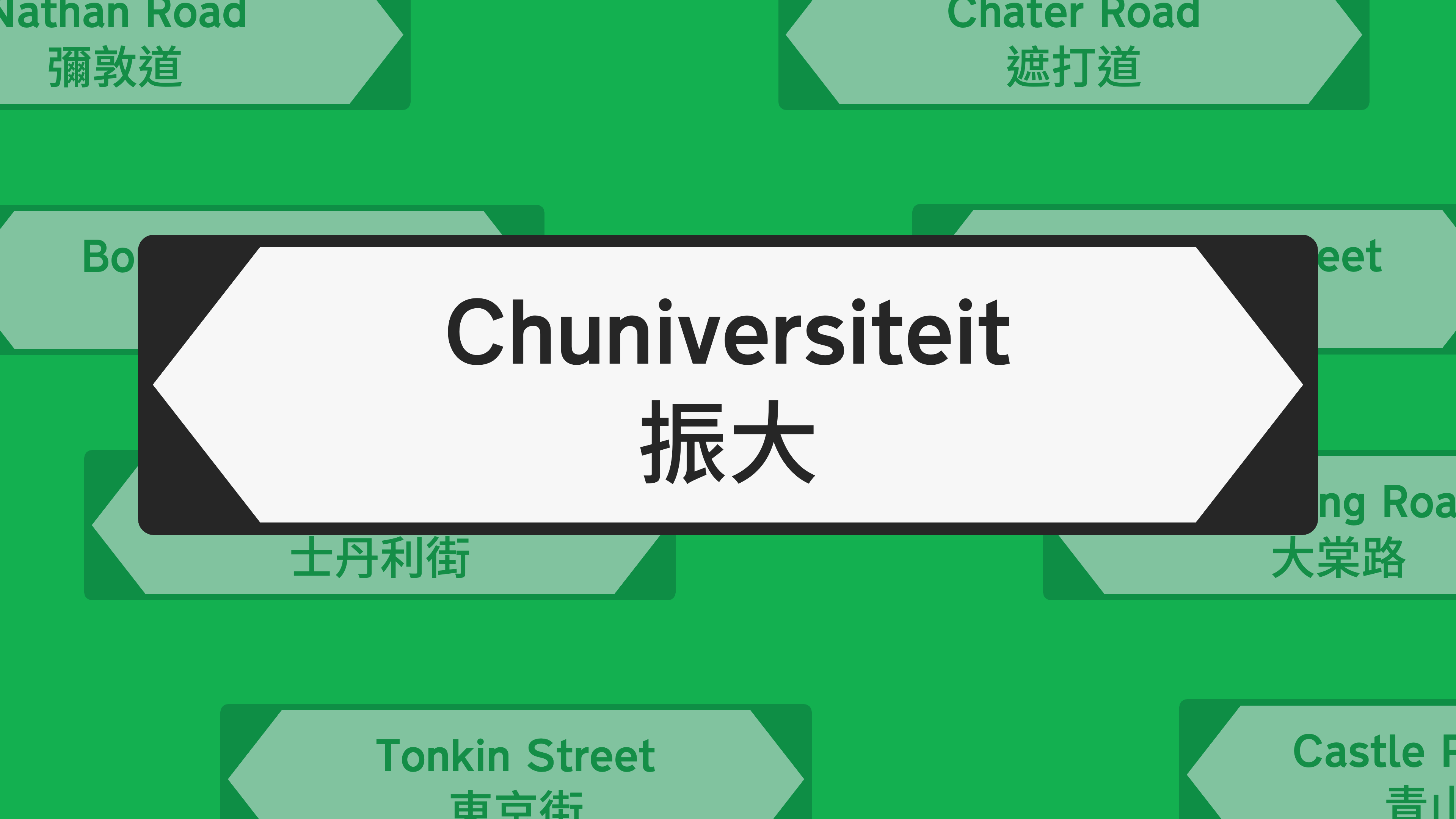Naming things is hard: Hong Kong street names edition

Hong Kong’s two official languages are Chinese and English. This doesn’t mean that its citizens are actually proficient in both languages, but at least it makes your life a bit easier when navigating around the city, as every road and street always has both a Chinese and an English name.
The English name is often a translation or transliteration of the Chinese name, or vice versa. You’d probably think that translating and transliterating names is an easy task, but as it turns out there’s still plenty of room for mistakes.
Quite a number of street and road names aren’t translated correctly.
For instance, Hong Kong’s Lily Street is actually called 蓮花街 (“Lotus Street”) in Chinese, and the translations for Fir Street (松樹街) and Pine Street (杉樹街) have been mixed up.
Even more embarrassing are the mistakes in the Chinese translations of Queen Victoria Street (域多利皇后街) and Queen’s Road Central (皇后大道中): 皇后 means “queen consort”, i.e. the wife of a reigning king. Ah well, at least there was an attempt.
Similarly insulting is the Chinese translation for Princess Margaret Road (公主道), which is simply “Princess Road”. Who’s Margaret?
Some mistakes are so dumb that even a dictionary wouldn’t have helped.
English is typically read from left to right and so is contemporary Chinese. But take a look at and it becomes clear that Chinese used to be read from right to left.
Now what happens when a civil servant in charge of translating place names forgets that English and Chinese use different reading directions? You get puzzling names like Rednaxela Terrace (列拿士地臺), which make a lot more sense when read from right to left.
Hong Kong has quite a number of streets and roads that are named after people, like Stanley Street, Chater Road, and Hiram’s Highway (which is named after some dude whose name is not Hiram, and which is also not a highway).
Hong Kong’s Route Twisk, which connects Tsuen Wan with Shek Kong, also looks like it’s named after a person – but this isn’t actually the case. Instead, it’s likely the result of a misprint of “Route TW/SK” (short for “Route Tsuen Wan/Shek Kong”).
Some street names aren’t necessarily wrong, but might still raise a few eyebrows…
At first sight, there doesn’t appear to be anything unusual about High Street (高街) in Sai Ying Pun. It’s only when you look at a map that you get the feeling that this unassuming one-way street probably used to be called Fourth Street, given that the streets right next to it are First Street, Second Street, and Third Street.
The Chinese have this thing against the number four, as “four” in Chinese (四) sounds a lot like “death” (死). This makes it an inauspicious number which the – very superstitious – Chinese prefer to avoid, so therefore Fourth Street was renamed to the more innocuous sounding High Street.
There’s nothing particularly funny about 灣景街 (“bay view street”) or 文福道 (“language luck road”), especially if Hong Kong’s civil servants had chosen to simply use translations for their English versions.
But they chose differently: instead, the names were transliterated into English, giving us the funny-sounding Wan King Path and Fuk Man Road respectively.
At the same time, Hong Kong also has place names that only look innocuous and boring in English because they were transliterated. Some notable examples include Ngau Shi Wu (牛屎湖) and Kau Shi Wai (狗屎圍), which respectively mean “cow dung lake” and “dog shit walled village”.


